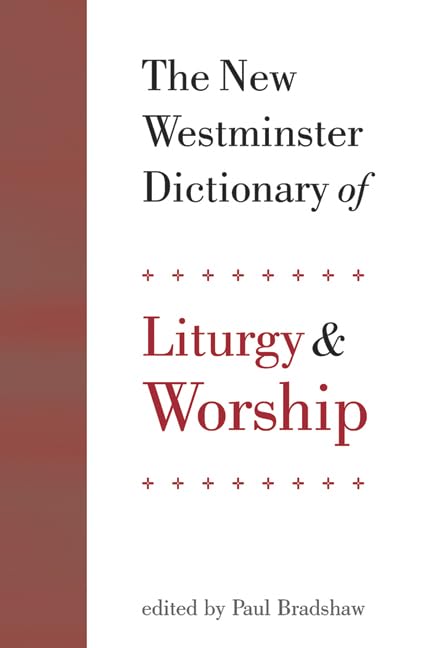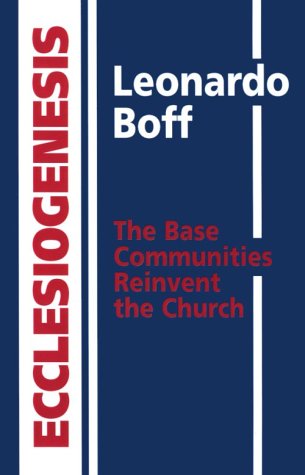Contending Ideologies in South Africa
Written by James Leatt, Theo Kneifel and Klaus Nurnberger Reviewed By James J. StamoolisThose interested in unravelling the complex ideological conflict in South Africa have two excellent sources in these books. Contending Ideologies in South Africa gives a thorough and balanced assessment of the various philosophical positions current in South Africa. Covered are political liberalism (as represented by various political parties), Afrikaner nationalism, African nationalism (giving recognition to various types or expression), capitalism and socialism. The latter two are treated as both philosophic and economic systems. Contending Ideologies was produced by a committee and the members are to be commended for the even-handed approach they maintained throughout the work. Each section sets the ideology studied firmly in its historical context, thereby providing an excellent mini-history of South Africa.
The concluding two chapters, which deal more specifically with ideology and theology, will no doubt interest readers of Themelios and may lead to applications of the principles discussed to other situations besides South Africa. One interesting inclusion is a lengthy section (80 pages) on Marxism as a philosophy. This is a good explanation and critique. However, this reviewer felt it might have been included more to inform South African readers of the book and did not carry the argument forward. The book has a very good bibliography and a complete index which enhances its usefulness.
The book by Richard Neuhaus, Dispensations, takes a different approach. Interwoven with solid historical background are interviews with South Africans of all types. We hear them describe in their own words how they see the current situation and what they hope and/or fear for the future. The interviews were skilfully done and ask the difficult questions that must be faced. Neuhaus also supplies his own analysis of the interviews which gives further insight into the people. All the famous names of the South African scene appear: Tutu, Boesak, Buthelezi, Bosch, along with many other less famous but representative of South Africa. If there is any shortcoming, it is in the relative absence of the little people: the migrant worker, the student, the homemaker, the domestic servant.
Throughout the book the Christian convictions of nearly all who speak are clearly seen. Most of the black leaders were trained in missionary schools and many are committed Christians. Furthermore, it is widely believed that Christians hold the key to reconciliation between the various racial groups.
I wish everyone who asks me questions about the situation in South Africa could take the time to read this book. The complex reality that is South Africa is expertly brought together by allowing those who must live in whatever the ‘new dispensation’ brings to speak for themselves.
James J. Stamoolis






